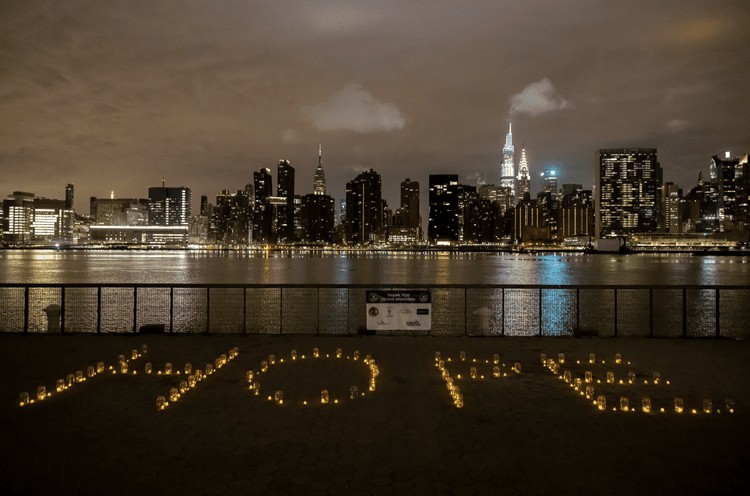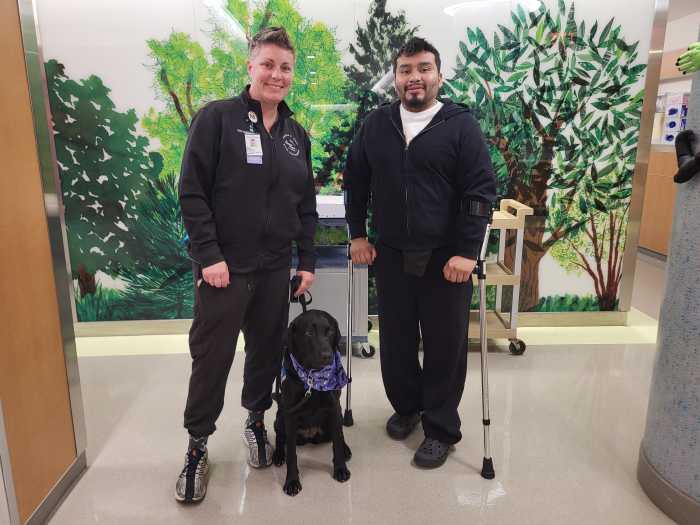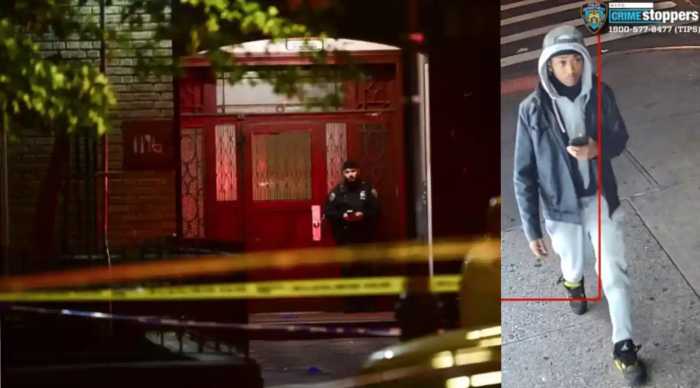The New York State United Teachers (NYSUT) released a report which outlined local, state and federal policy recommendations in order to bolster and improve school safety following the recent school shootings and violence across the nation.
The NYSUT released their full report Aug 30, including 13 task force recommendations, titled the Safe Schools for All report which was created with the collaborative input of NYSUT members statewide who met over the summer where they discussed firsthand accounts of experiences with violence and disruption in school, which is becoming more commonplace.
These incidents are detrimentally impacting students who witness or are victims of such behavior, but also the students who participate in said behavior.
“Whether you’re a parent or educator, every adult expects a safe school environment in which children are free to reach their full potential,” said NYSUT President Andy Pallotta. “So when everyday disruptions and the epidemic of violence infecting our communities are increasingly coming through the schoolhouse doors, we have an obligation to do something about it. Our educators are taking a stand in support of safe schools for all. Who will join them?”
The NYSUT report highlights solutions to school violence include:
• Prioritizing funding to hire critical staff, including dedicated student support specialists, and secure state-recommended staffing ratios for school counselors, psychologists, social workers and nurses;
• Addressing ongoing staff shortages in schools across the state goes hand-in-hand with bolstering school safety;
• Demanding that the state issue updated, uniform school safety guidance to alleviate issues stemming from district-by-district — and even school-by-school — variations in procedures ranging from lockdowns to single points of entry;
• Strengthening federal gun safety regulations to eliminate access to high-capacity magazines, establish universal background checks, restrict gun purchases for those under 21 and establish national red flag laws; and
• Implementing at a district level proven behavioral support practices — such as therapeutic crisis intervention services and restorative practices — reduced class sizes and training for all staff, including school-related professionals, on both safety procedures and student intervention techniques.
The Safe Schools for All Task Force’s recommendations as outlined in the Safe Schools for All report were created to address the social-emotional needs of students who, particularly after the COVID-19 pandemic, may be more prone to disruptive or even violent behaviors which include gun violence in schools.
The goal of the task force and the new report is to preemptively stop violence or disruptive behaviors from escalating, while emphasizing that school safety is a day-to-day concern that must be addressed proactively instead of reactively.
“As part of our work this summer, we learned quite a bit about the success of the ‘Positive Learning Collaborative’ which is a joint learning program developed by the UFT (United Federation of Teachers) and the NYC Department of Education (DOE) that is all about total school community, communication and collaboration to address some of these issues,” said Matthew Hamilton of the NYSUT during a press conference following the report’s release.
UFT President Michael Mulgrew also spoke during the press conference about the importance of collaboration and of proactive intervention.
“Everytime there is another tragedy involving a school shooting, people automatically say ‘what do we need to do?’,” said Mulgrew. “For us, here in NYC – especially during the pandemic – we knew our children in different ways and every time you hear about a tragedy, you’d always hear witnesses talk about what should have happened and [that] there were signs beforehand. And that’s where we believe we have to start. Instead of talking about arming teachers and locking down schools as prisons, we have to start with the issue of giving the school community what it needs to actually start dealing with the issues that our children are facing.”
A recent report from Everytown for Gun Safety, in collaboration with the American Federation of Teachers and National Education Association, found that during the 2021-22 school year there were 193 incidents of gunfire on school grounds – nearly four times the national average since 2013.
“These are the hard issues educators deal with day-in and day-out, but they do it because they are dedicated to helping their students thrive,” Pallotta said. “Our students and staff deserve safe schools, and we’ll raise our voices until they have exactly that.”
The full report including the 13 task force recommendations, is available at publicschoolsuniteus.org/ssfa.






































